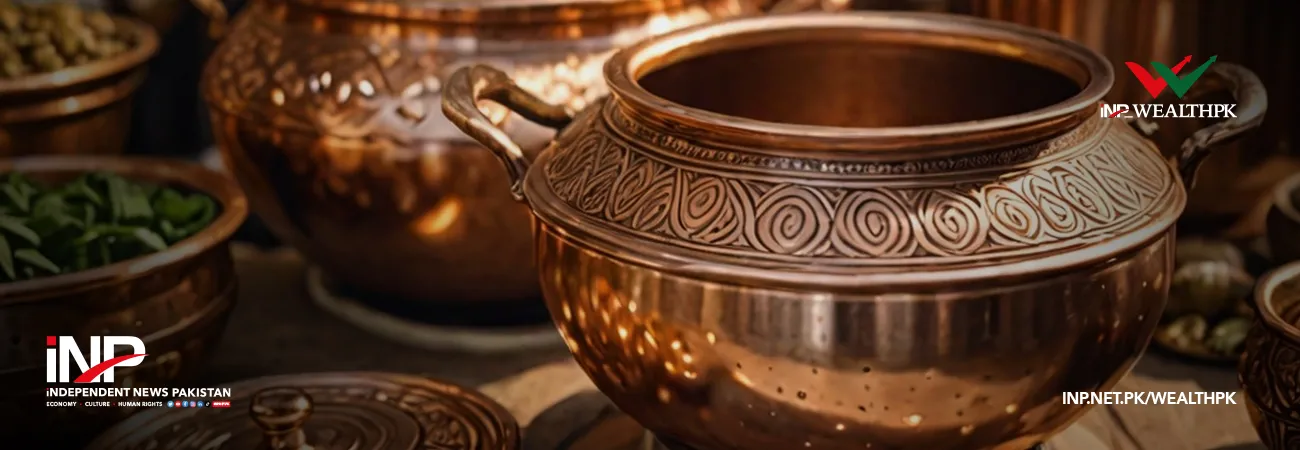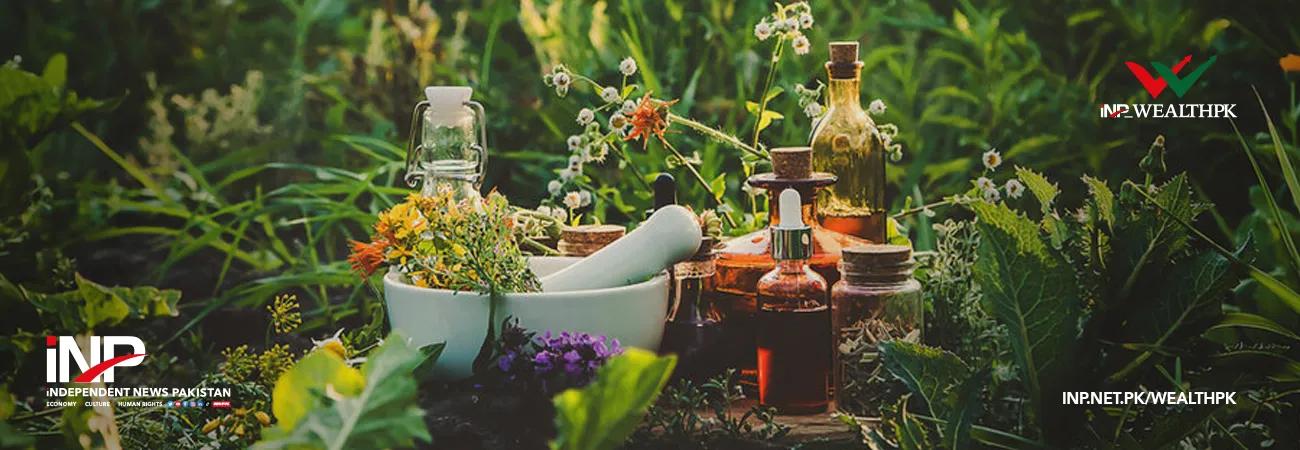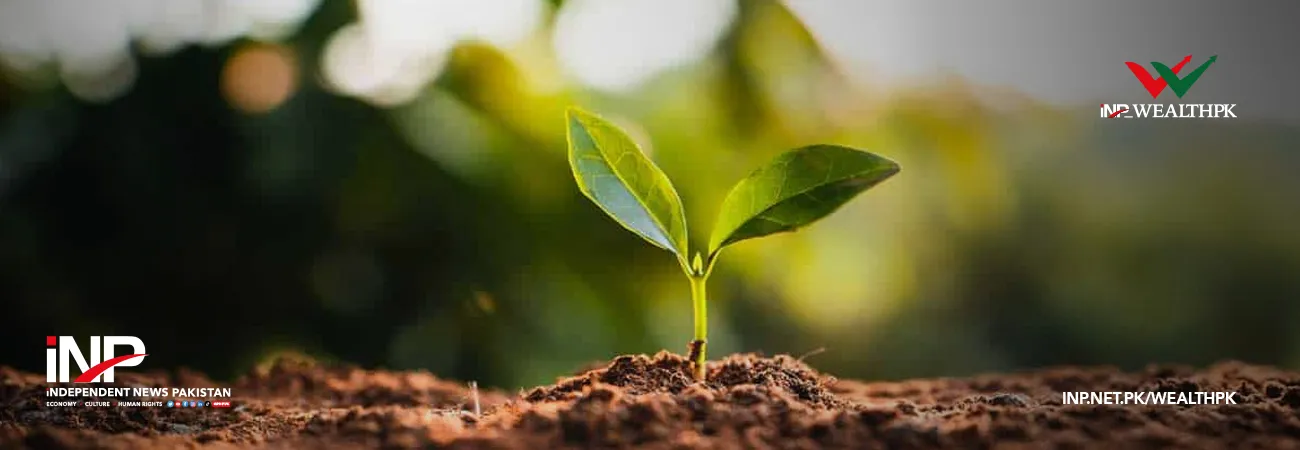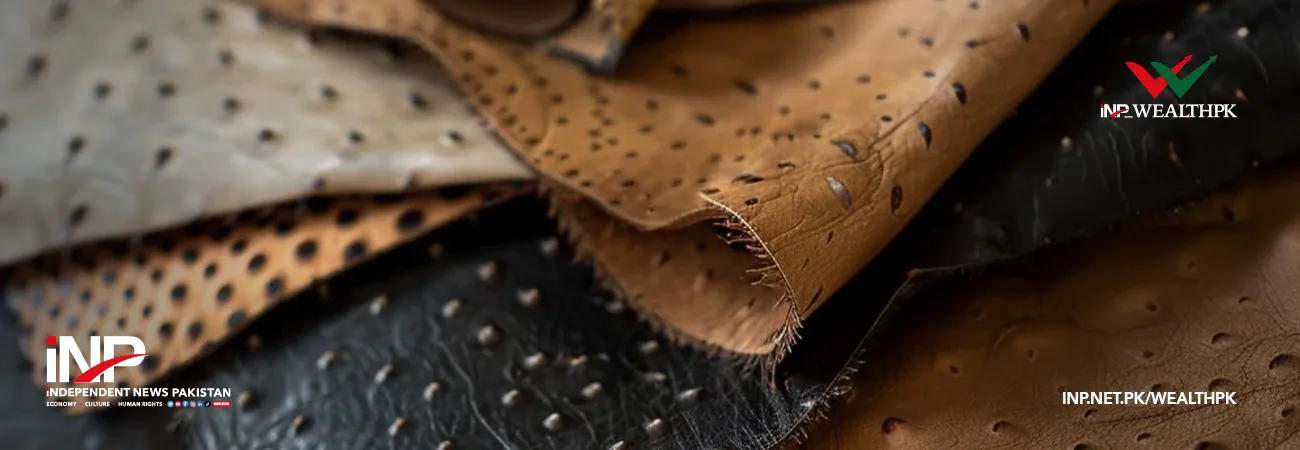INP-WealthPk
Muhammad Luqman
Lahore's Kasera Bazaar, once a thriving hub for copper craftsmen, is now one of the last remaining strongholds for this traditional art form in this part of the world.
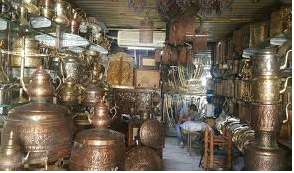
The decline of copper craft in Lahore is a source of concern, as it not only threatens the livelihoods of skilled artisans but also risks erasing a significant part of the city's cultural heritage. Located in the historic walled city, Kasera Bazaar is at least 150 years old. A walk through the entire bazaar may not take too long, but before you know it, you’ve crossed over 150 shops filled to the brim with all kinds of utensils – from those made with modern stainless steel to the once-in-vogue brass and copper.
Thus, the once popular art of copper carving has found itself fading in the shifting sands of time. The name of Kasera Bazaar is derived from Persian word “kass”, and ultimately, Kasera, means those who craft utensils. “At one point, 99.9% of the utensils sold in this market were brass and copper until the 1980s when melamine, silver, non-stick, plastic took over,” said Haroon Omar Hayat, the owner of a handicraft store, in an interview with WealthPK. Historically, Pakistani metalwork predominantly used copper, brass and bronze with geometric and floral designs.
But, unfortunately, the number of practitioners of this art has declined. Now, there are only six shops of copper and brass utensils and handicrafts in Kasera Bazaar, Hayat regretted. “This shop was started by my parents, in whose time these artisanal utensils were a customary gift item, especially on weddings, but the practice has since died with the growing popularity of aluminum and plastic,” he said. Today, however, Hayat said, his major clients are art directors and production designers from the film and TV industry, who turn to his store when sourcing props for heritage sets.
According to the store owner, the price of copper utensils for general use is usually determined by its weight while the value of the decoration piece is determined by the type and size of the carvings and the skilled work done on it. “The copper utensils with artwork are priced between Rs4,000-Rs6,000 but some of the masterpieces may cost hundreds of thousands of rupees,” Hayat said. The dwindling demand for the copper and brass utensils has led to decrease in the number of coppersmiths (Thathiars). Secondly, the increase in the prices of copper in the international market and at home is another factor for decline in copper craft.
Hayat said besides making new handicrafts from copper and brass, the shops are also engaged in the centuries-old antiques trade. “Antiques come to Lahore market from across Pakistan and even Afghanistan,” he said. As the brass and copper craft shops are decreasing in historic Kasera Bazaar, a number of metal craft outlets have opened up in other parts of Lahore, especially the upscale localities like Defence Housing Society, PIA Road, Model Town and Gulberg, which supply souvenirs and decoration pieces, mainly made of copper and brass, on a demand basis.
“We don’t sell the utensils made of brass and copper, yet we are dealing in handicrafts and souvenirs made of all the metals,” Zaheer Ahmad, the owner of a metalcraft shop on PIA Road, told WealthPK. He said that hundreds of people come to the metalcraft shops every month and buy the articles of their choice. According to craft enthusiasts, brass and copper art can be saved from an ultimate extinction by setting up training institutes for youth to learn craftsmanship besides helping the entrepreneurs in finding new international markets for the metallic handicrafts.
Credit: INP-WealthPk



